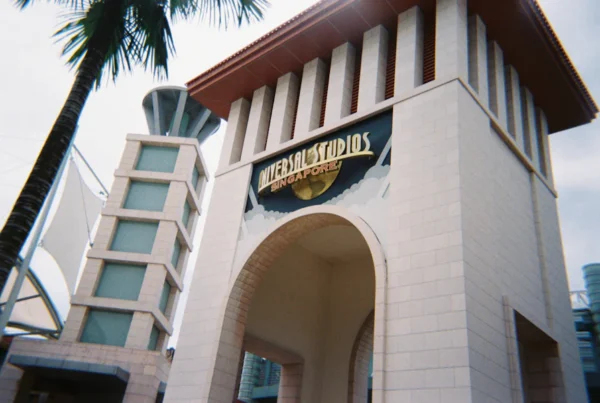Ninth Circuit Clarifies Copyright Protections for Choreography; Revives Infringement Lawsuit Against Epic Games
The Ninth Circuit Court of Appeals recently revived celebrity choreographer Kyle Hanagami’s copyright infringement lawsuit against Epic Games, the creator of Fortnite. Choreographic works were first extended separate copyright protections in the Copyright Act of 1976 but have received little attention in the courts since then, leaving an entire segment of the arts in the dark as to how copyright law applies to their creative works. This has only become a larger issue in recent years with the massive popularity of choreographed dances on TikTok. The Ninth Circuit’s opinion provided unprecedented direction for assessing copyright protections for choreographic works and will shape how future choreography cases are reviewed.
Background of the Case
On November 11, 2017, Kyle Hanagami published a YouTube video containing a choreographed dance to the song “How Long” by Charlie Puth. The video has received over 37 million views as of this writing. In August 2020, Epic Games released a new season of Fortnite, which included a new dance emote (i.e., a virtual animation) called “It’s Complicated” that users could purchase for use in-game by their avatars. Hanagami believed that Epic Games copied portions of his choreography from his video and used it without his permission to create the “It’s Complicated” emote. (A side-by-side comparison can be found here.) Hanagami filed for and received a copyright registration for his choreographic work in the video in February 2021 and subsequently brought an infringement lawsuit against Epic Games in March 2022.
The district court dismissed the case in August 2022, concluding that Hanagami had failed to state a claim for infringement because the individual “poses” in the choreography were not protectable and the allegedly copied portion comprised only a “small component” of the whole routine. Hanagami subsequently appealed the district court’s decision.
The Ninth Circuit’s Decision
On appeal, the Ninth Circuit disagreed with the district court’s approach to assessing the plausibility of Hanagami’s copyright infringement claim. Judge Paez of the Ninth Circuit explained that the district court’s approach of reducing the choreography to strictly unprotectable “poses” was “fundamentally at odds with the way we analyze copyright claims for other art forms, like musical compositions.” It would be akin to saying that any music is just “notes” which are not subject to protection under copyright law. Rather, in the context of music copyright, courts not only look at the notes, but also look at the selection and arrangement of many musical elements when determining what is subject to protection, such as melody, harmony, rhythm, pitch, tempo, phrasing, structure, chord
progressions, and lyrics. For choreography, Judge Paez suggested that such expressive elements could include “body position, body shape, body actions, transitions, use of space, timing, pauses, energy, canon, motif, contrast, [and] repetition.” In failing to assess the selection and arrangement of the expressive elements in the choreography, the district court had erred in its assessment of Hanagami’s allegations.
Judge Paez’s opinion further explained that the district court’s assessment that the allegedly copied portion was only a small component, and therefore not sufficient for protection was also incorrect. The proper inquiry for an infringement claim does not turn on the mere length of the copied material – the focus should be on whether the copied portion is significant to the original work. Hanagami alleged in his complaint that the copied portion was the most recognizable and distinctive portion of his work and corresponded to the chorus and titular lyrics of the accompanying song. The Ninth Circuit held that these alleged facts were sufficient to survive a motion to dismiss; though whether a jury would ultimately find the copied portion to be qualitatively significant or not, was a question for another day.
The Ninth Circuit’s ruling sends the case back to the district court for further proceedings and though it does not guarantee that Hanagami will ultimately prevail on his claims, the Ninth Circuit’s decision is a big win for choreographers.





